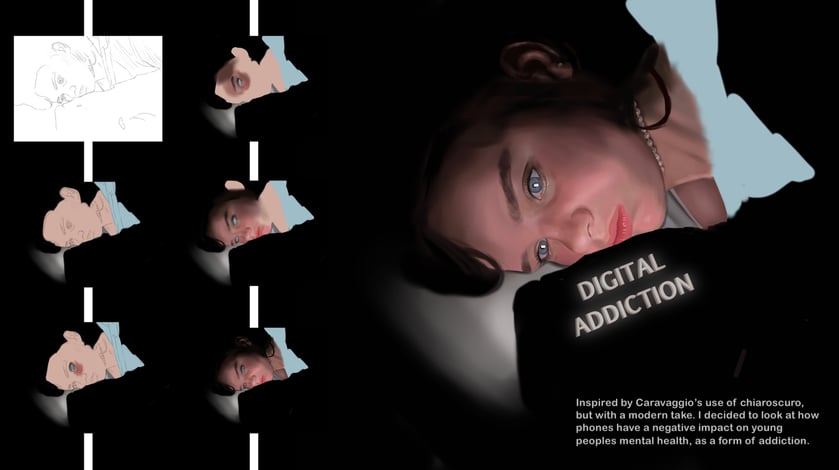Head's Blog - What makes a school?
Head's Blog - Art is in the eye of the beholder
“Today we see the art of the past as nobody saw it before. We actually perceive it in a different way”.
I have always found the observation above, made by John Berger, to be a fascinating one. Art is something that we often see on its own terms; time spent in contemplation, considering our perspective on great works such as The Night Watch by Rembrandt, or how we might interpret contemporary pieces, for instance the recently unveiled monument to Martin Luther King and Coretta Scott King in Boston.
We do not often seek to consider art in the moment or of the time in which it was conceived and created, which Berger would contend is both vital and yet perhaps impossible. In his words, “…the camera showed that the notion of time passing was inseparable from the experience of the visual…”, before claiming, “In the age of pictorial reproduction the meaning of paintings is no longer attached to them…”.
Art has always evolved and changed, with new mediums opening up fresh areas for exploration and expression, as well as debate around what should or could constitute art. This debate will undoubtedly tread new ground in the years to come; if Berger saw the advent of the camera as shifting how art would be seen, one wonders what he might make of the digital technologies now available freely to paint on a new type of canvas, or how he would receive the use of Artificial Intelligence and the potential to remove the painter’s hand from the process altogether.
The use of digital media to create or enhance art is not a new phenomena; Harold Cohen’s Untitled Computer Drawing was produced in 1982, while many of us have fond memories of doodling and creating our own personal masterpieces in Microsoft Paint. However, what our students are now able to produce using a variety of programmes and tools has a level of sophistication and depth, that wasn’t easily imaginable even a decade ago. What is most exciting about this is the manner in which students will often forge ahead and take the lead in developing techniques and ideas, bringing their own digital understanding of the world to inform the task at hand. In many respects, this is what art has always been about; new generations of artists pushing boundaries and considering different ways of experimenting and expressing ideas.
Artificial Intelligence poses a new challenge altogether. Feeding ideas to a programme that then creates works based on its understanding of composition or objects that it has been exposed to on a gargantuan scale is seen as controversial, as it potentially takes the eye, and the hand of the artist out of the picture. This is particularly problematic in fields that require an artist input; swathes of the design world would potentially no longer need creative minds and skills.
The challenges that we face in education are therefore manifold. I feel strongly that the technical and creative skills of an artist should be preserved and inspired in the classroom, and that traditional methods will always have a part to play. Our Art department thrives on the challenge and helps students to express themselves and (quite literally) see the ‘bigger picture’ at every opportunity. This approach is what has helped us ensure that students can assimilate new skills and methods, as well as adapt to new media, rather than be overwhelmed or fearful of the challenge it might pose.
This however, cannot be only the role of the Art department. Understanding the challenges, and opportunities that machine learning and Artificial Intelligence might offer will also draw upon maths, science, computing and philosophy. The recent restoration of the The Night Watchmen was enhanced by the use of AI, which enabled a canvas that had once been cut into pieces to be restored with care. This is a future to help our students realise; how technology and tradition can work hand in hand to help us understand and express ourselves in the best possible manner.
The photograph attached to this post is the work of art student Evie in Year 13. Evie has been studying the work of Italian painter Caravaggio and his use of chiaroscuro; a high-contrast lighting technique. As part of her learning, she has taken this traditional painting technique and recreated it digitally; thoughtfully mixing an old tradition with new methods. This progressive and creative approach has further inspired Evie to create her final piece about isolation and the impact the digital world has on this, and our mental health. The image above is the final piece, but you can view Evie's progress shots and inspiration board HERE on our Instagram page.












-450_th-1.jpg?width=770&name=DSC00073%20(1)-450_th-1.jpg)
.jpg?width=770&name=Izzy%20Barnes%20(1).jpg)



.png?width=770&name=Untitled%20design%20(87).png)

-450_th.jpg?width=770&name=DSC00073%20(1)-450_th.jpg)


